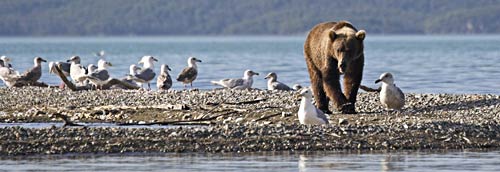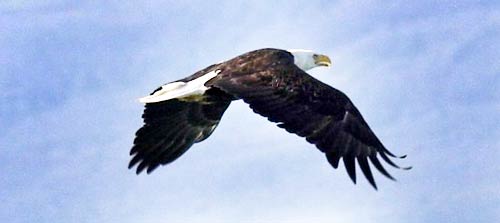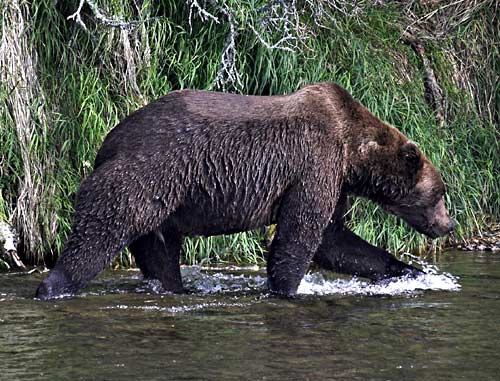
A Brown Bear in Brooks River near Brooks Falls
A Few Facts About Katmai National Park:
Katmai National Park and Preserve is located at the head of the Alaska Peninsula approximately 290 air miles southwest of Anchorage. It includes over 4 million acres of land and water and is roughly bounded by Shelikof Strait to the east, the Lake Iliamna watershed to the north, the Bristol Bay coastal plain to the west, and the Becharof Lake watershed to the south. The area was originally established as a national monument in 1918 to preserve geological features related to the 06 June 1912 eruptions of Mt. Katmai and Novarupta volcano. The Alaska National Interest Lands Conservation Act of 1980 added land and redesignated the area as a national park and preserve. The implementing language stated that the area was “to be managed for the following purposes, among others: To protect habitats for , and populations of, fish and wildlife, including, but not limited to, high concentrations of brown / grizzly bears and their denning areas; to maintain unimpaired the water habitat for significant salmon populations; and to protect scenic, geological, cultural and recreational features.”
A Short Video from Margot Creek in Katmai National Park:
A mother and her two cubs

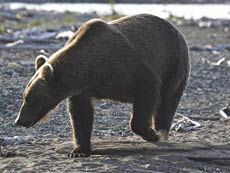
One of the cubs about 2 years old The mother about 900 pounds
A Few Words about the Wildlife of Katmai National Park:
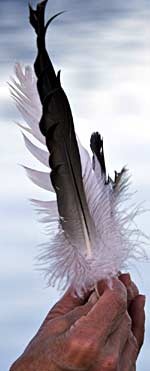
Among all this diversity, Katmai National Park and Preserve is famous for its brown bears and fish populations. Bristol Bay streams, including the Naknek River, are the source of some of the world’s largest salmon runs and appear to have been so for about the last 4000 years.
Trophy-size game fish such as trout inhabit many of the park and preserve streams. The bear come to feed on the fish, sometimes in unusually large concentrations. There is a migratory caribou herd and it appears that in the past there was a more regular presence – enough so that hunting caribou was a regular aboriginal activity. Overall, Katmai National Park and Preserve contains at least 29 species of land animals, 6 of sea mammals, 150 species of birds, and 28 of fish, as well as uncounted intertidal and coastal species.
Katmai’s lake edges and marches serve as nesting sites for tundra swans, ducks, loons, grebes, and that 20,000-mile annual commuter, the arctic tern. Sea birds abound along the coast, grouse and ptarmigan inhabit the uplands, and some 40 songbird species summer at the park. Seacoast rock pinnacles and treetops along the lake shore provide nesting sites for bald eagles, hawks, falcons, and owls. Brown bears and moose live throughout the coastal and lake regions, the moose feeding on willows, water plants, and grasses. Other mammals include the caribou, red fox, wolf, lynx, wolverine, river otter, mink, marten, weasel, porcupine, snowshoe hare, red squirrel, and beaver. Along the coast line are sea lions, sea otters, and hail seals, with beluga, killer, and gray whales sometimes using the Shelikof Strait.
